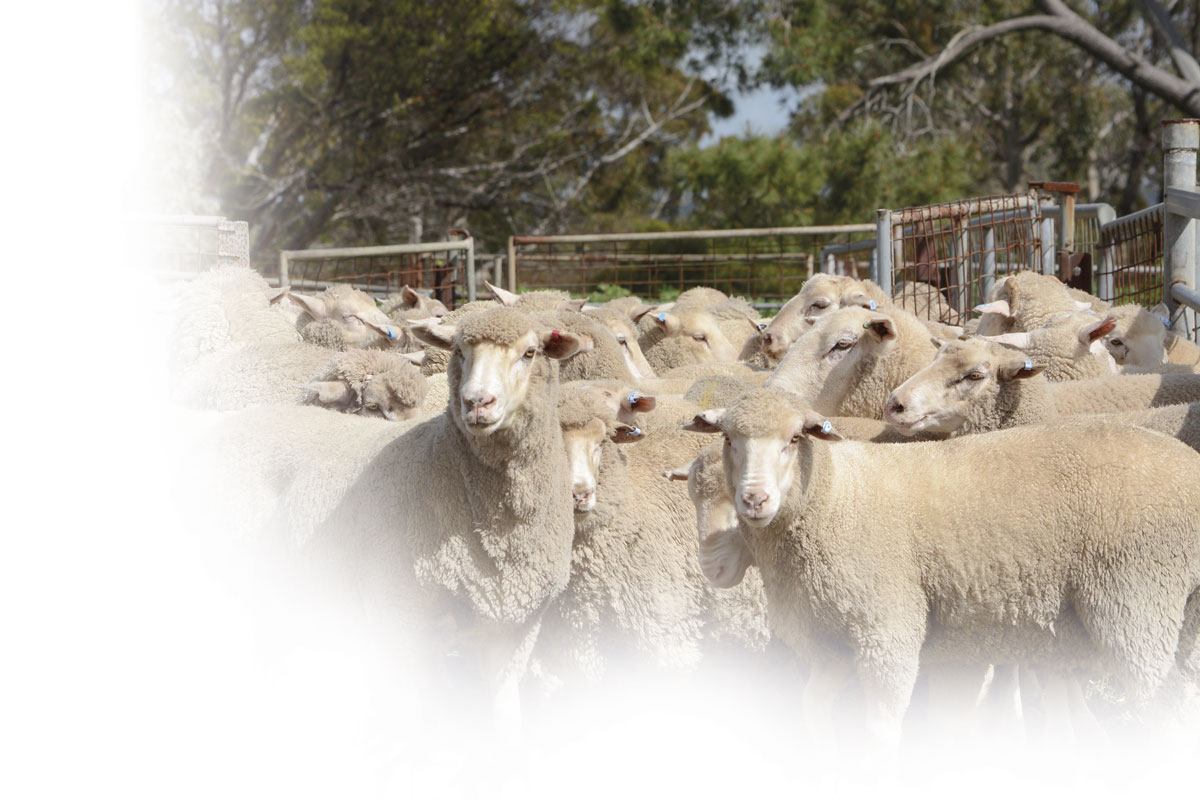 29 Jan 2024
29 Jan 2024
Feed Efficiency, Genetics, and Dietary Factors in Sheep Production
Sheep farming, marked by diverse practices and adaptable breeds, thrives in various geographical regions. The industry’s resilience is, however, challenged by escalating production costs, with feed expenses comprising a substantial 65%–70% of total expenditure. To navigate these challenges, farmers are exploring innovative approaches, including the adoption of dual-purpose breeds and a growing interest in enhancing feed efficiency (FE) for sustainable sheep production.
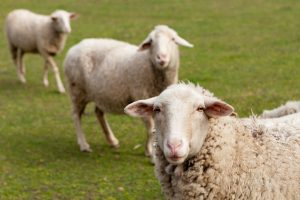
Feed Costs and Sustainability
The economic and ecological viability of sheep production hinges on two critical factors:
The profitability and sustainability of this industry requires the careful selection of animals exhibiting superior feed efficiency and delivering high-quality meat. Recognizing that up to 70% of production costs are attributed to feed, farmers are increasingly seeking solutions that balance economic considerations with environmental sustainability.
Balancing Dietary Parameters for Optimized Production
Tailoring diets to promote optimal growth and development in sheep is a key strategy for achieving higher-quality meat. This involves ensuring ample protein intake and incorporating diets with higher intestinal absorption rates to maximize nutrient absorption in the gut. The delicate balance of dietary parameters is essential in crafting an optimized production system that enhances both economic and environmental sustainability.
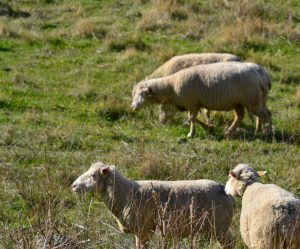
Genetic Influences on Production Traits
A groundbreaking study explores the intricate interplay of dietary and genetic factors on crucial production traits, including feed efficiency, carcass quality, and meat quality. Specific genes such as Callipyge, Calpastatin, and Myostatin, along with identified causal mutations, emerge as influential factors affecting animal growth rates and meat fatty acid profiles. Moreover, potential markers for sheep selection are identified among variants of other reported genes, including PIGY, UCP1, MEF2B, underscoring the genetic complexity at play.
Heritability Estimates and Genetic Correlations
A comprehensive meta-analysis of heritability estimates unveils the genetic underpinnings of traits such as residual feed intake, hot carcass weight, dressing percentage, and intramuscular fat content. These traits exhibit moderate to high heritability, suggesting their potential enhancement through genetic selection. Positive genetic correlations observed, especially between body weight and key quality indicators, indicate the promising prospect of selecting for higher body weight to positively impact carcass and meat quality.
Conclusions
In the evolving landscape of sheep farming, the quest for sustainable and economically viable practices has led to a nuanced understanding of the interplay between feed efficiency, genetics, and dietary factors. As farmers strive to optimize production systems, the insights gleaned from this study pave the way for informed decision-making, promising a future where sheep production thrives economically while minimizing its ecological footprint.

Subscribe now to the technical magazine of animal nutrition
AUTHORS
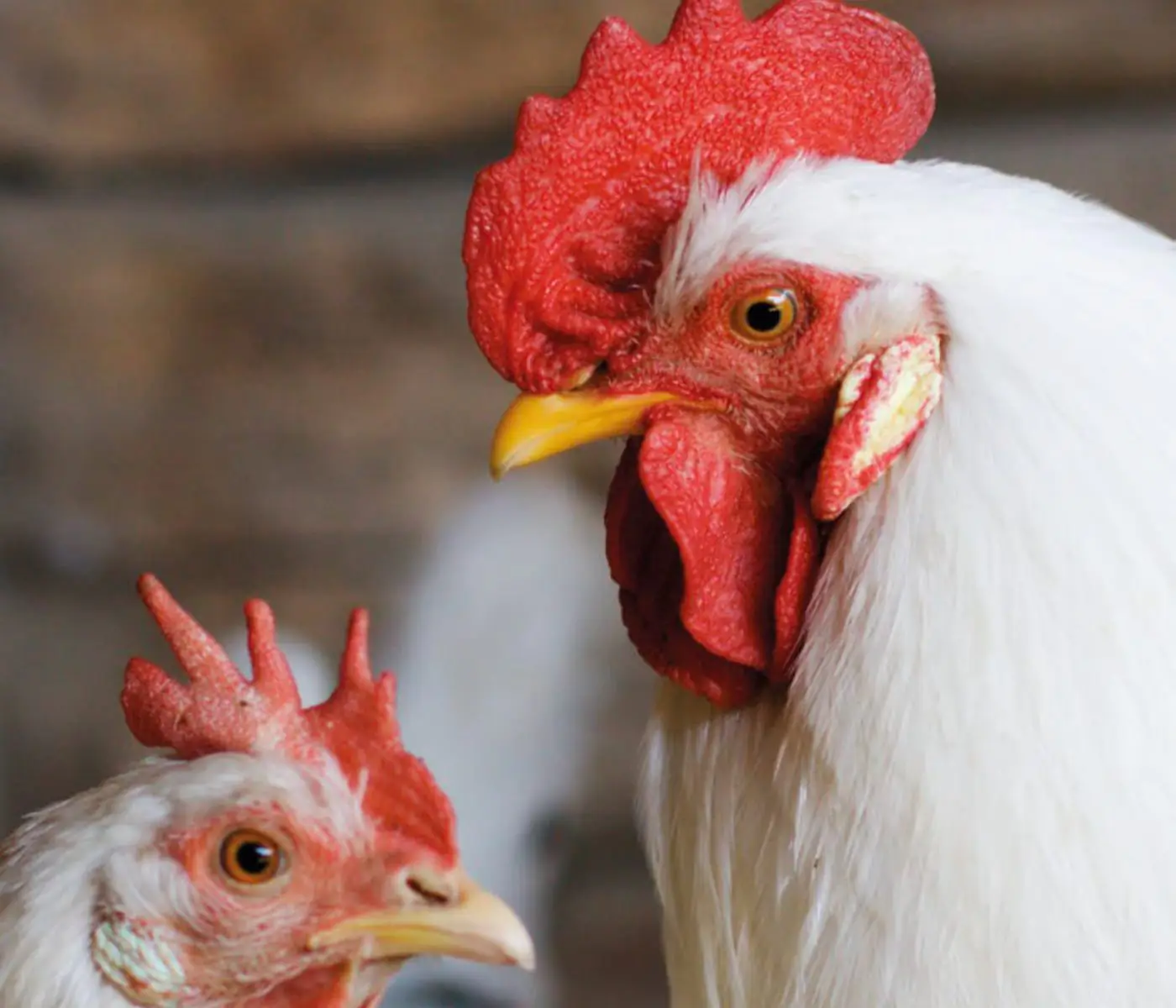
Nutritional Interventions to Improve Fertility in Male Broiler Breeders
Edgar Oviedo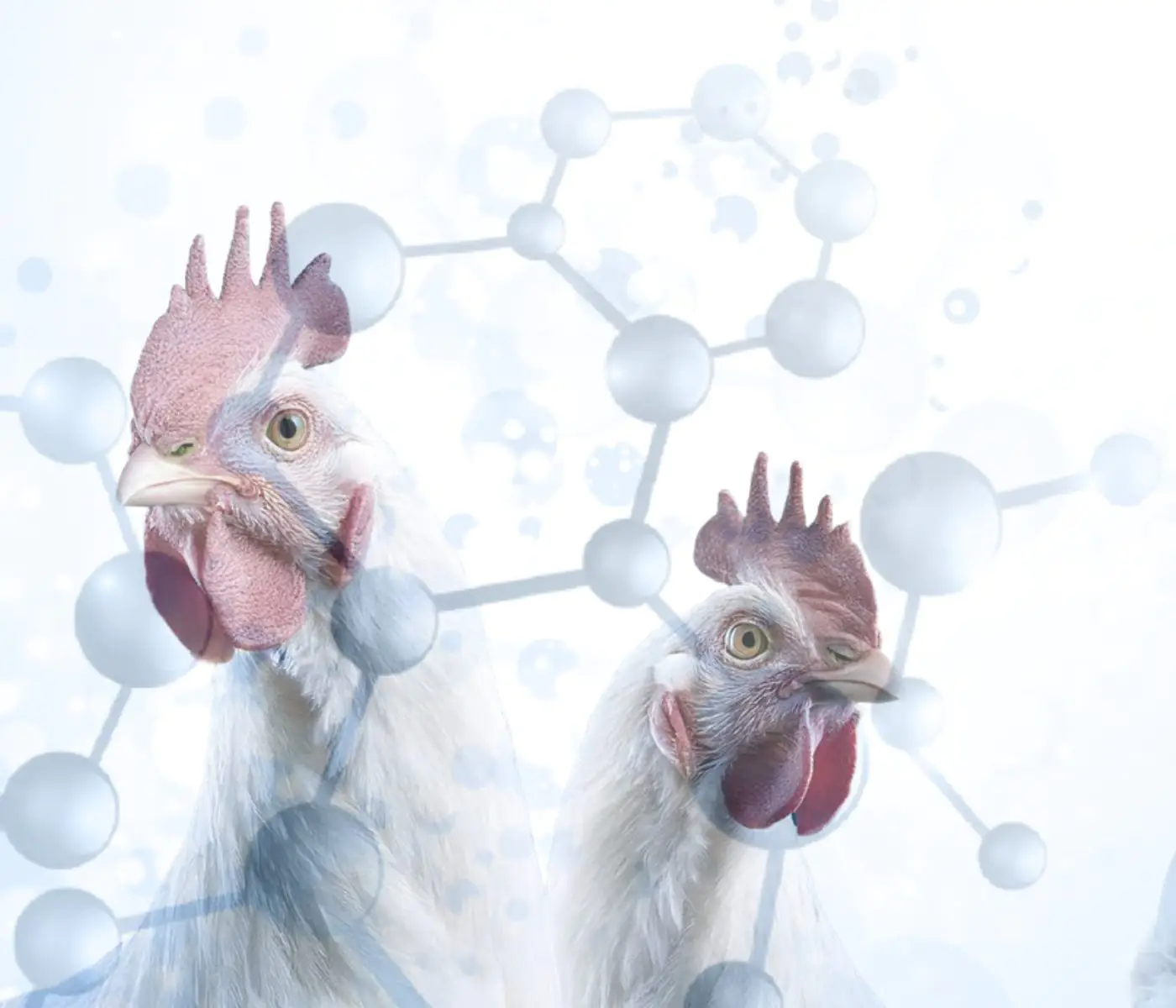
The Use of Organic Acids in Poultry: A Natural Path to Health and Productivity
M. Naeem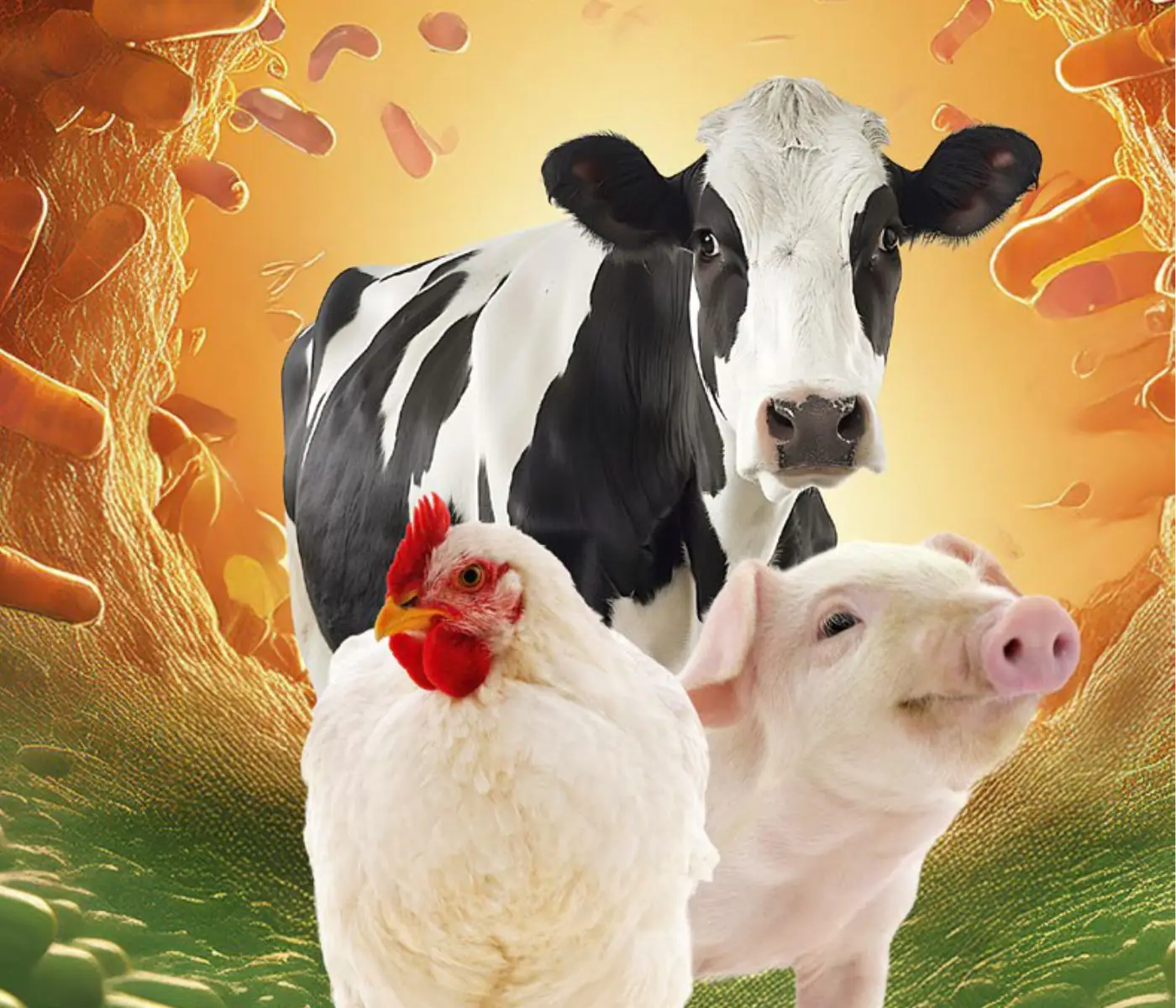
Synergistic Benefits of Prebiotics and Probiotics in Poultry, Swine, and Cattle
Gustavo Adolfo Quintana-Ospina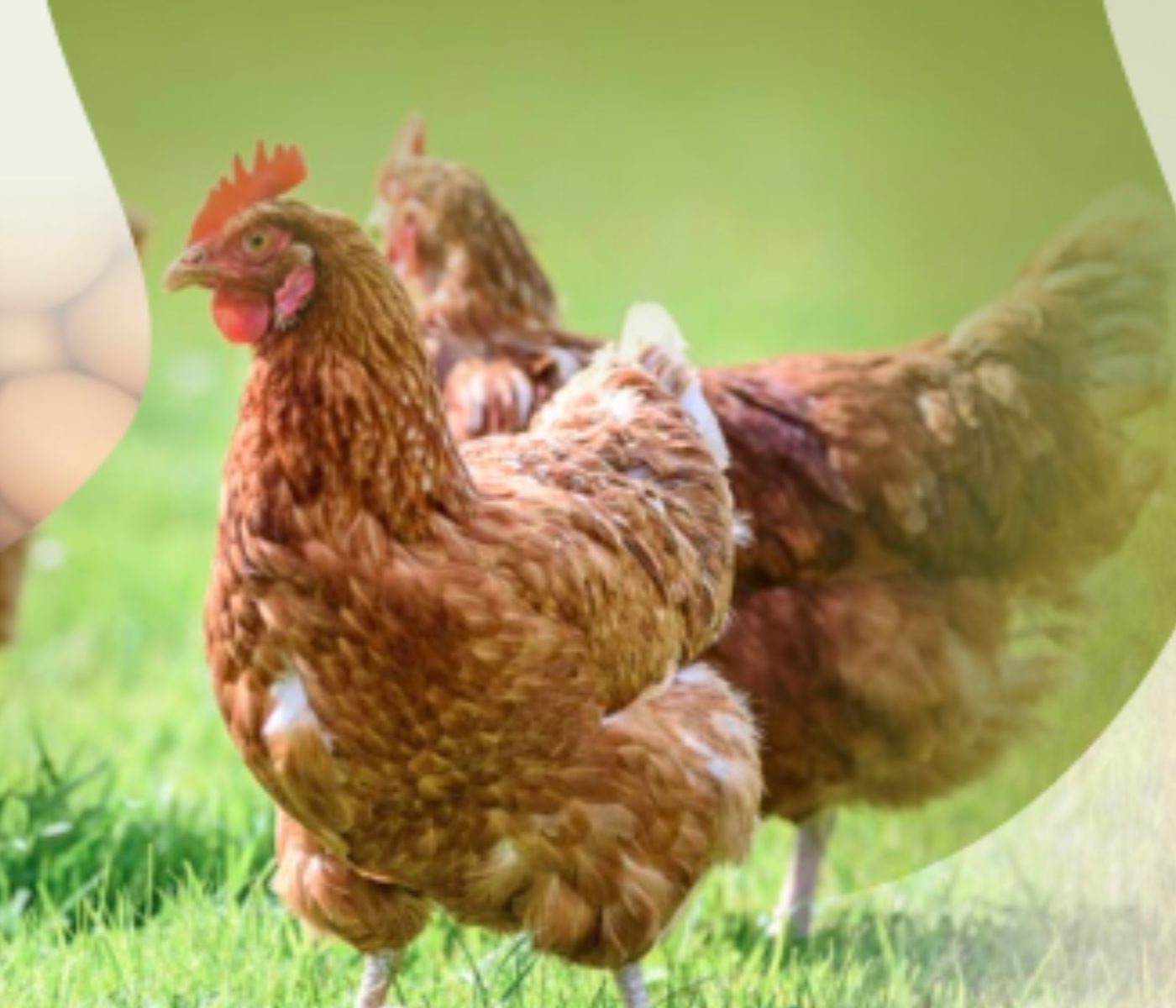
Hybrid Rye Potential in Laying Hen Feed Rations
Gwendolyn Jones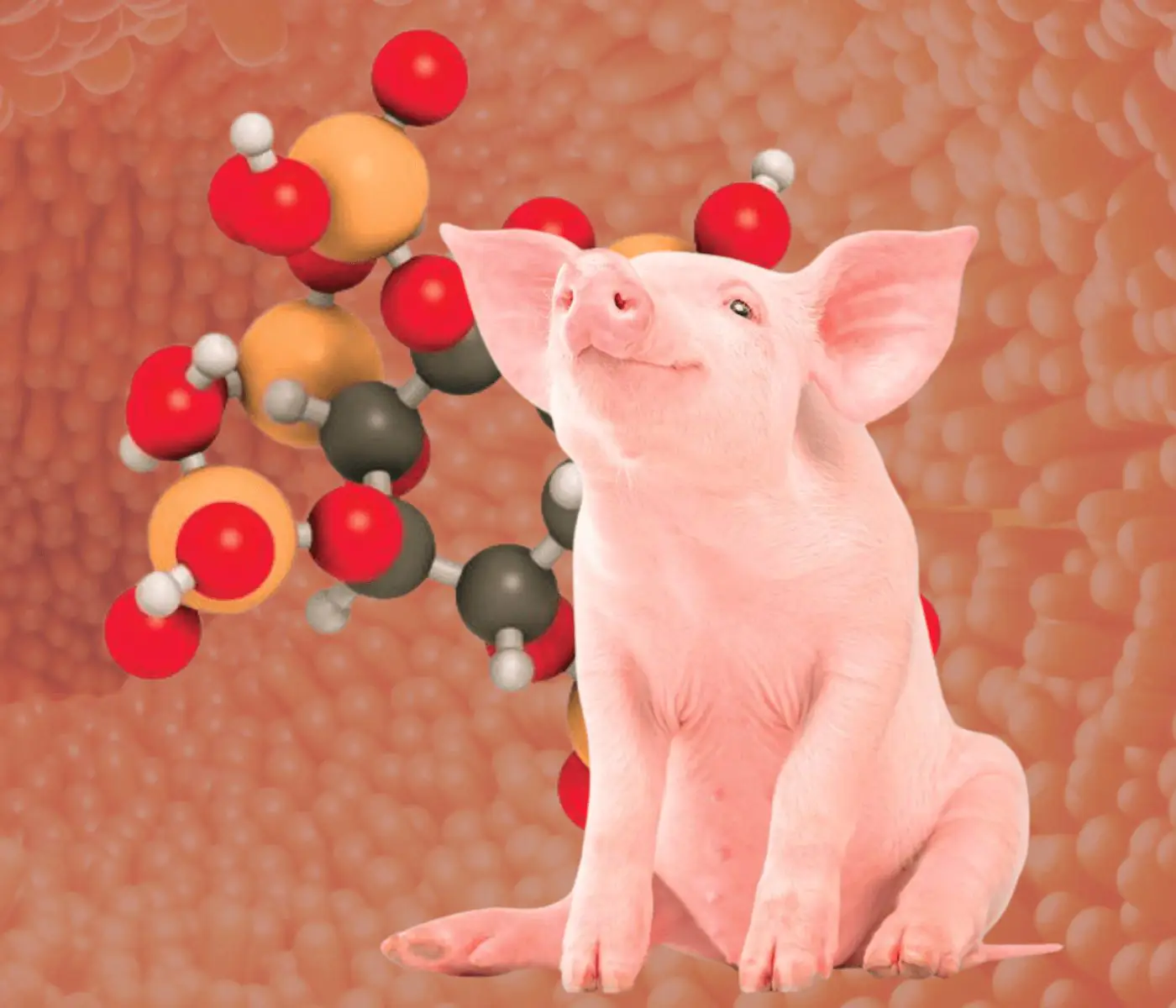
A day in the life of phosphorus in pigs: Part I
Rafael Duran Giménez-Rico
Use of enzymes in diets for ruminants
Braulio de la Calle Campos
Minerals and Hoof Health in the Pregnant Sow
Juan Gabriel Espino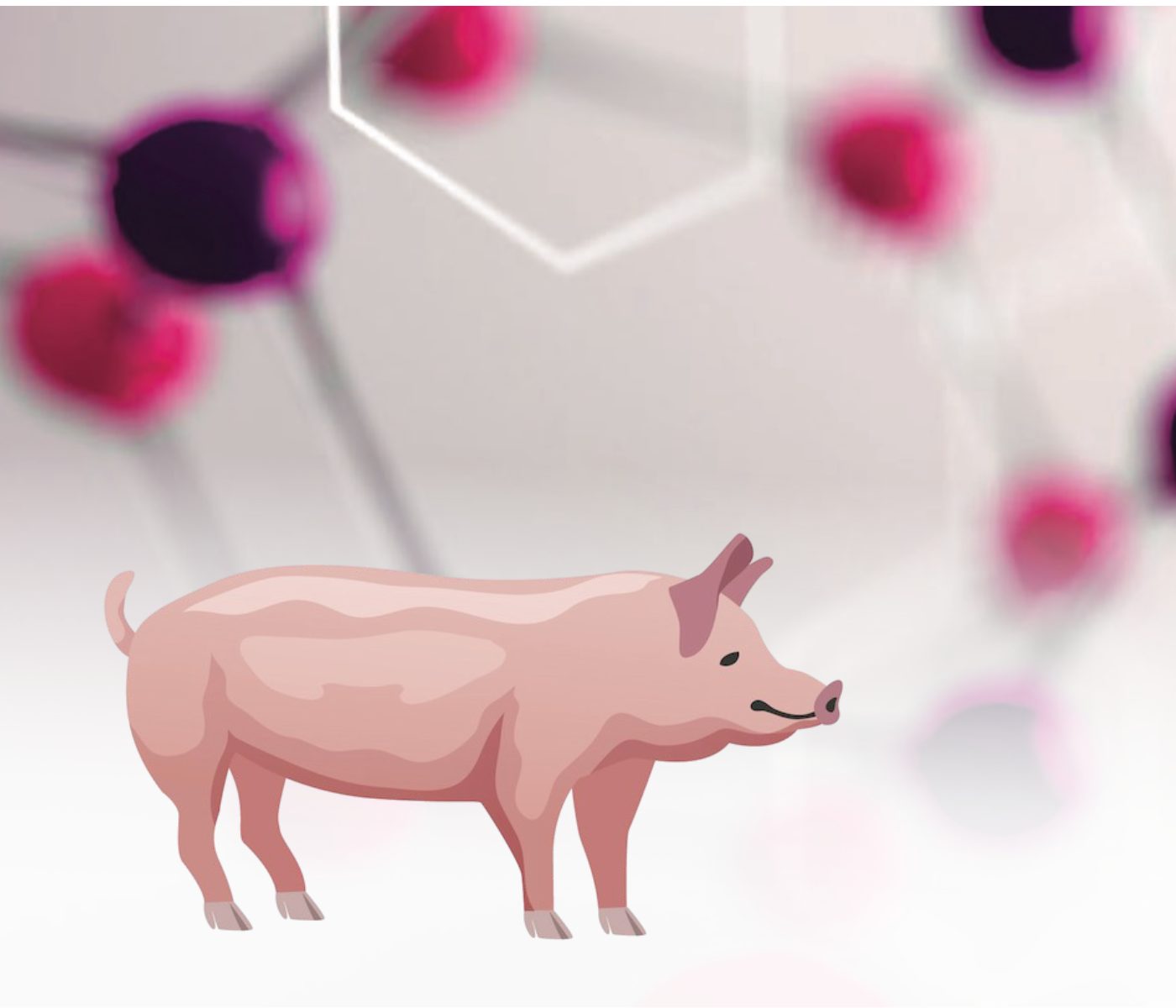
Impact of Oxidized Fats on Swine Reproduction and Offspring
Maria Alejandra Perez Alvarado